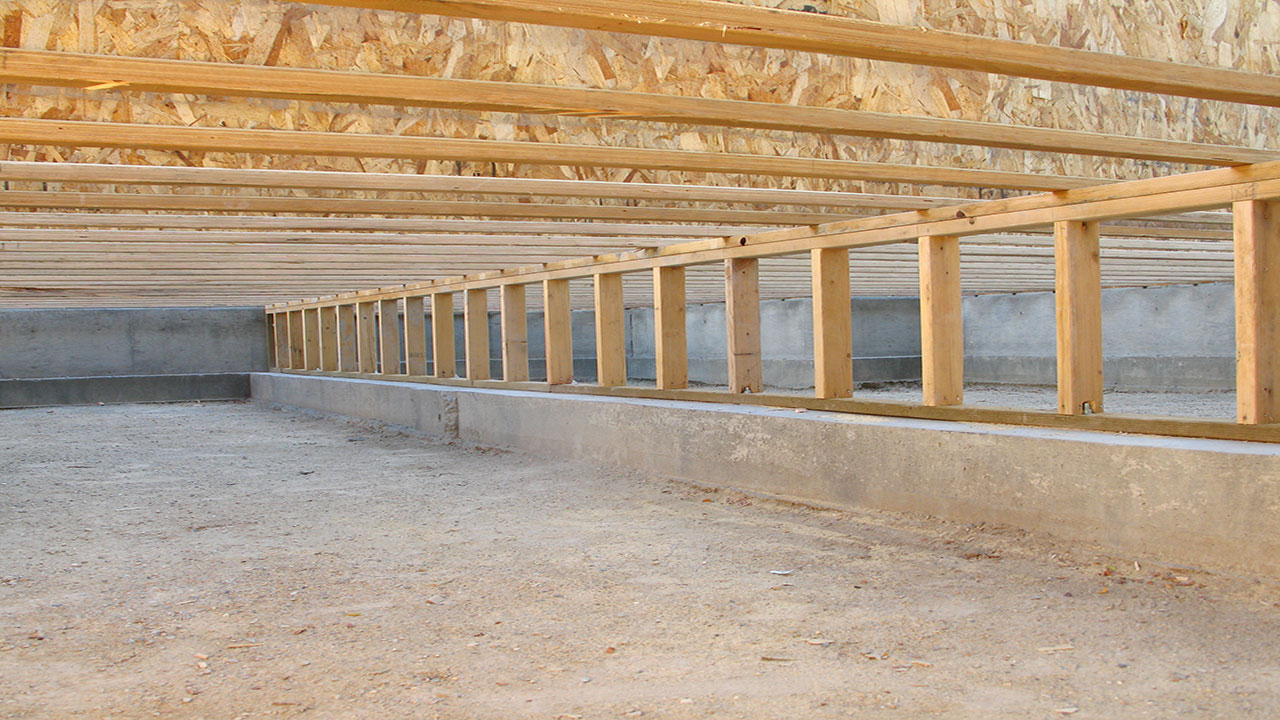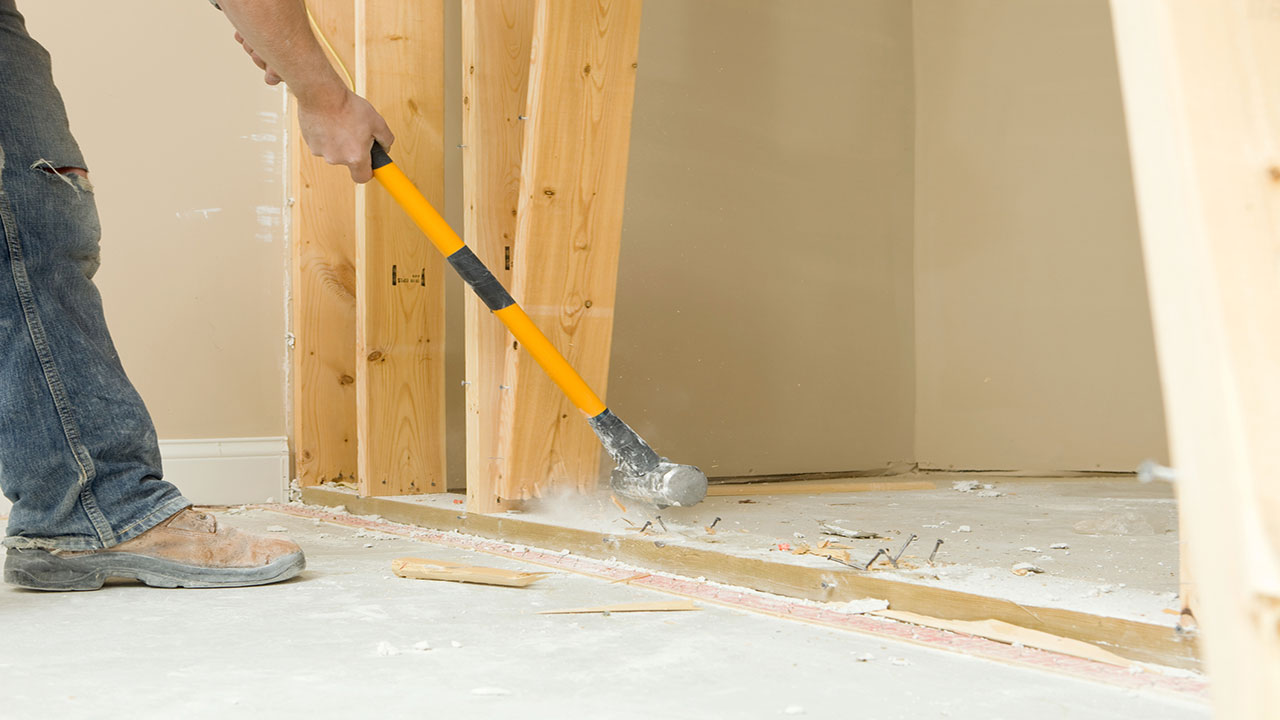Can a Load-Bearing Wall Be Removed When Renovating?

Open concept floor plans have become incredibly popular among homeowners and buyers. As such, many homeowners have been opting to knock out existing walls in their homes in order to swap their traditional segmented layout for something more open and free-flowing.
You might want to knock down a wall in your home to open up the kitchen to the living room, or to combine two bedrooms into one larger space, for instance. But before taking a sledgehammer to a wall, it’s imperative to make sure that it’s not a load-bearing one.
There are certain walls in a home that are actually carrying a great deal of weight, so arbitrarily knocking one down can be disastrous if the necessary precautions aren’t taken to distinguish between a load-bearing wall versus a cosmetic partition.
The question is, can a load-bearing wall be torn down? If so, how would this be done?
Yes, load-bearing walls can be removed, but not without invasive measures. These types of walls are integral to the overall structure of a home. As such, removing them without the proper precautions can compromise the structural integrity of the home.
That said, it’s typically not recommended to remove these walls. If the necessary measures aren’t taken to replace them with something that will adequately support the weight of the home and distribute this weight to the ground, any components above the wall will not be properly supported.
This can lead to cracking and settling in the walls above or in ceilings and floors close to where the load-bearing wall was. It can even cause an upper-level floor to eventually cave in over time.
How to Identify a Load-Bearing Wall

Before a wall is slated to be removed, you’ll want to determine whether it’s a load-bearing wall or not. To do that, you’ll want to look at the lowest point of the home, such as the crawl space. If the space is unfinished, you’ll have an easier time located the beams that are holding up the weight of the structure and transferring it to the ground.
Finding these beams will give you a good idea of where the home’s weight is being supported. Any walls directly above these beams are likely load-bearing. These are typically located along the length of the home or near its center.
You can also check out the floor joists. If they are visible (again, in an unfinished space), pay attention to the direction they go in. Many times, load-bearing walls are placed perpendicular to floor joists. This is especially true if there’s a wall located right on top of another, though this isn’t always the case.
If the beams have been covered in drywall, it can be much more difficult to determine which walls are load-bearing. Unless you are a professional, this task is best left to the experts. An experienced contractor or engineer would be better qualified to identify which walls are carrying the weight of the structure versus those that are not.
Removing Load-Bearing Walls

Once a load-bearing wall has been identified and scheduled to be removed, the proper permits will have to be obtained first. Considering the importance of such a component of a home, it should come as no surprise that the local building permit office will want to know about any work that is being done to make sure it’s conducted safely and results in a structurally-sound home.
When a load-bearing wall is removed, it will need to be replaced with something else that will just as effectively carry the weight of the structure and distribute this weight to the ground. Usually, load-bearing walls that are removed are replaced with horizontal beams of adequate size on their own, or with one or more vertical posts upon which the horizontal beam rests.
While vertical posts (or columns) might not necessarily provide that completely open concept look, they can still offer more support and therefore much more strength to the horizontal beam.
The Bottom Line
While load-bearing walls may be able to be removed – either partially or completely – it’s usually best to leave them intact. If you do choose to have one removed from your home, be sure to employ the professionals in this realm. Removing a load-bearing wall is not an easy job, and can even be potentially dangerous if not done properly. That said, it can provide you with that highly-coveted open concept floor plan that you desire if done right.


